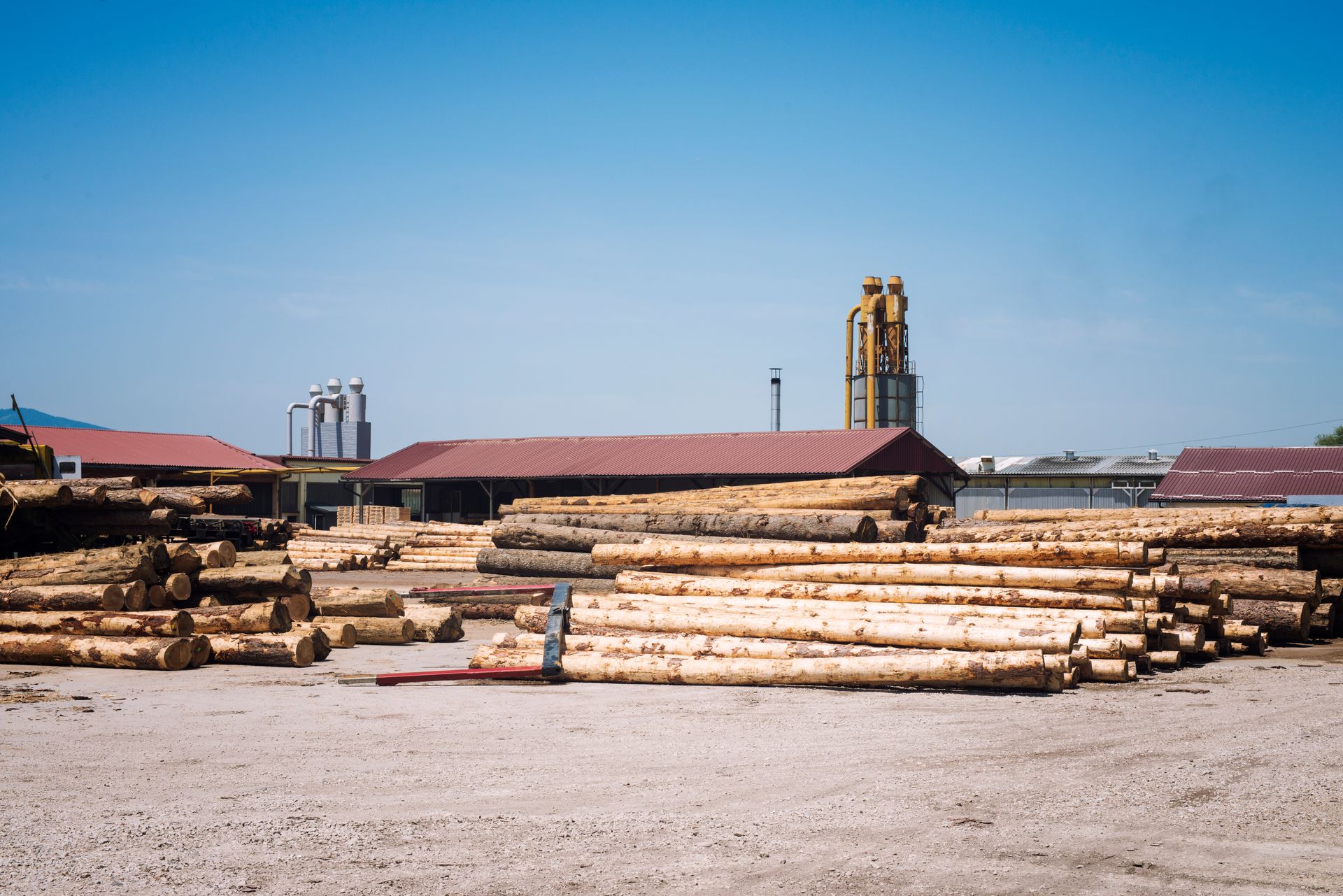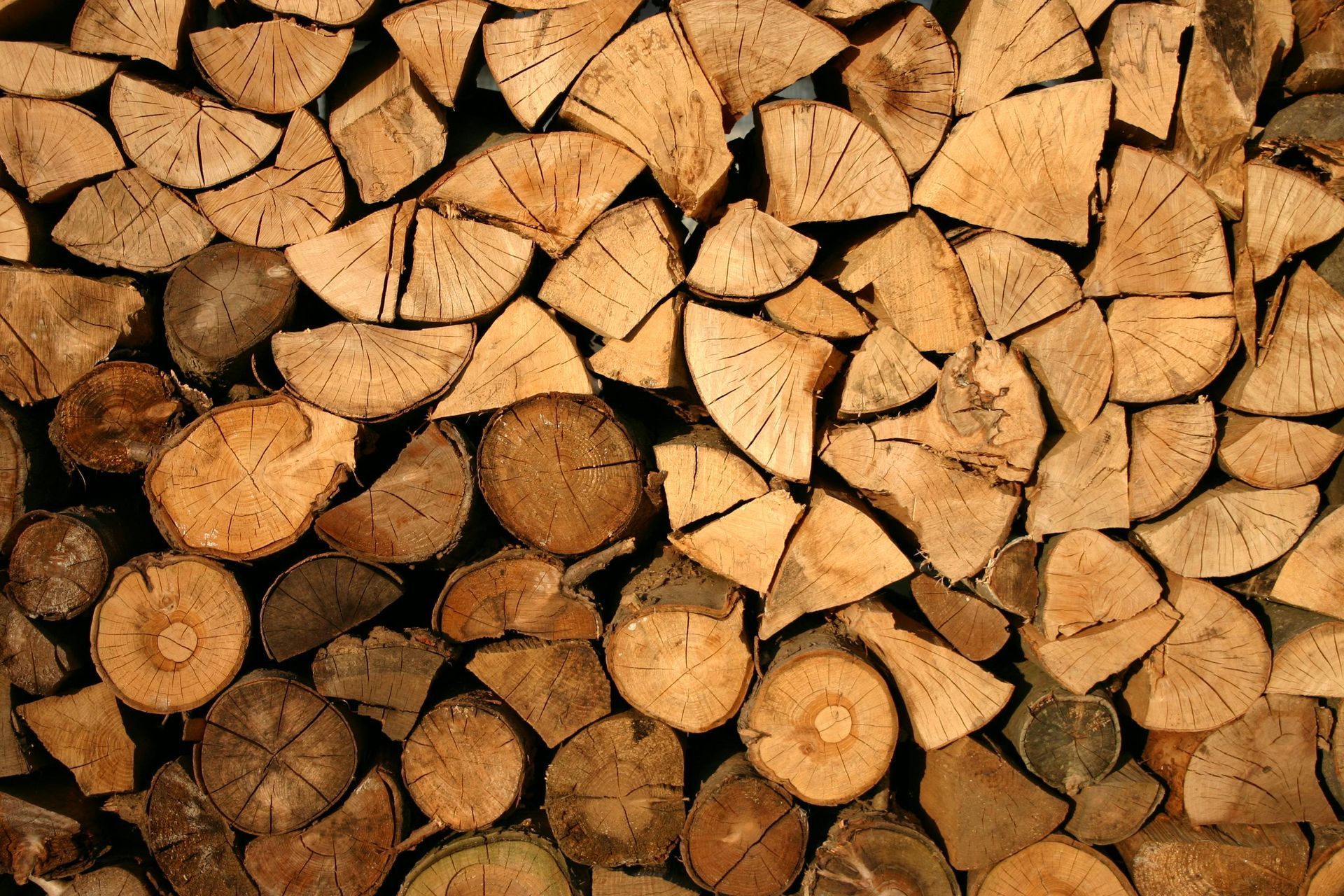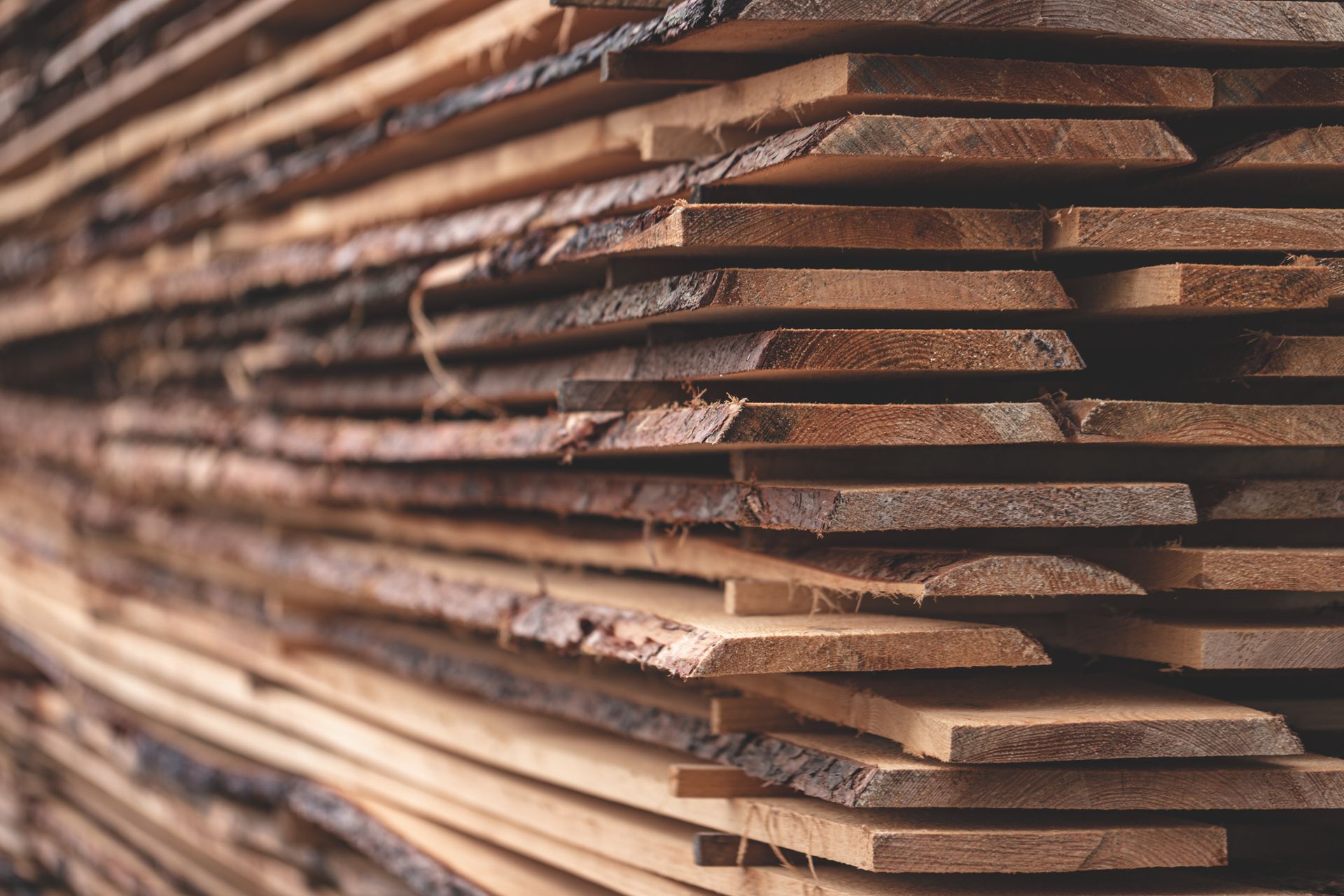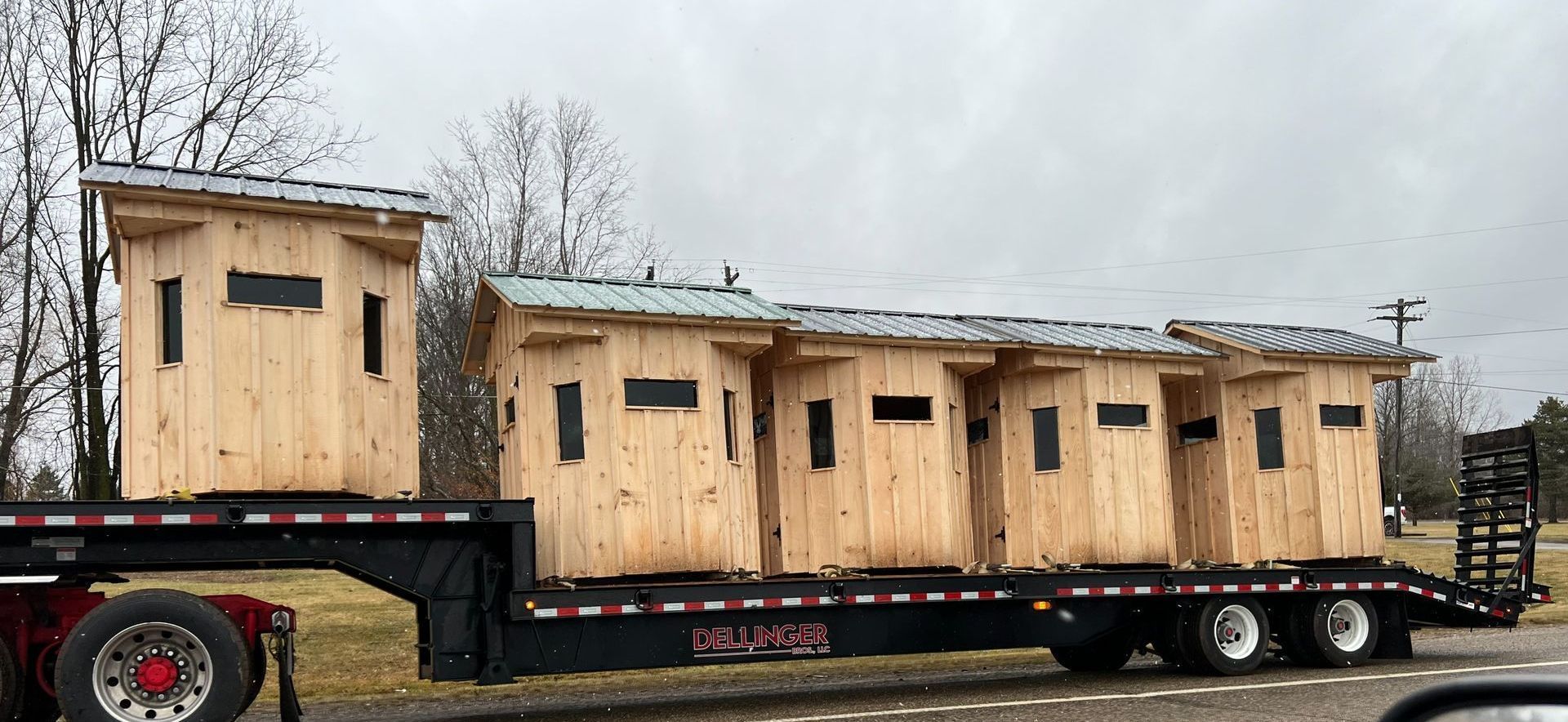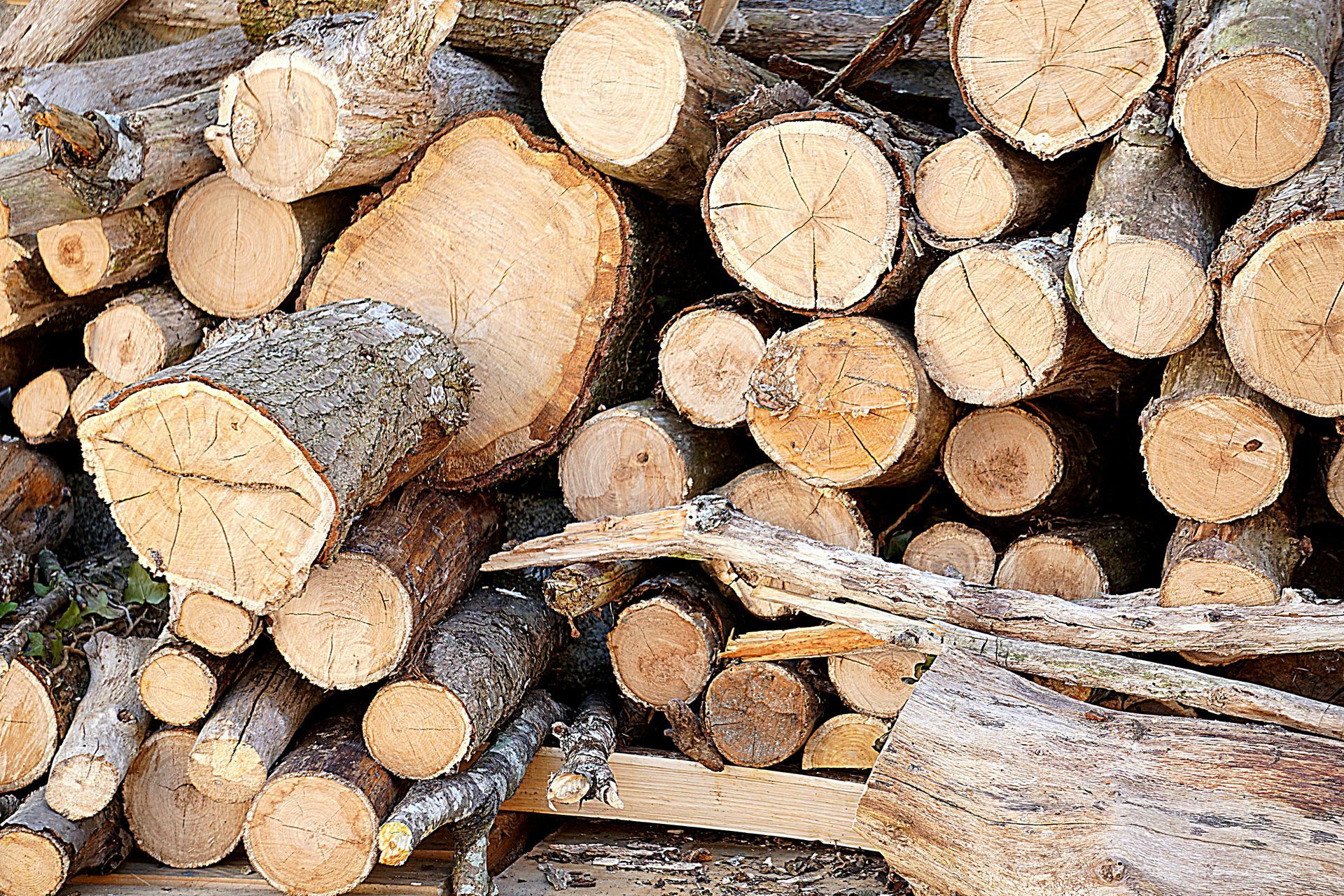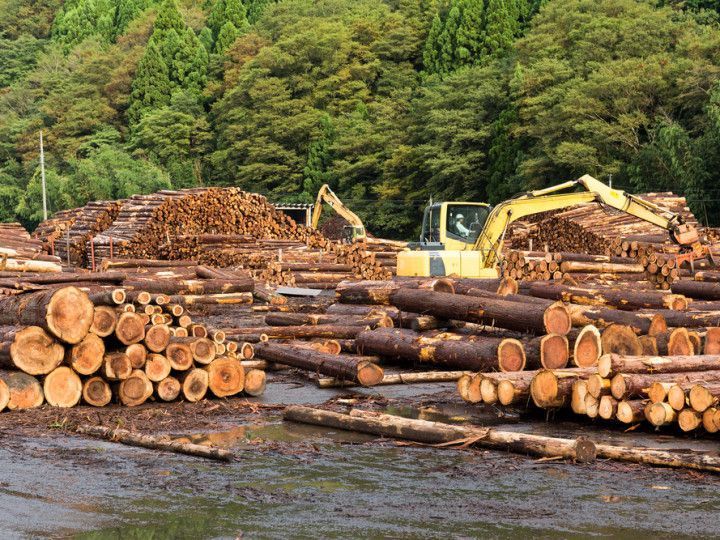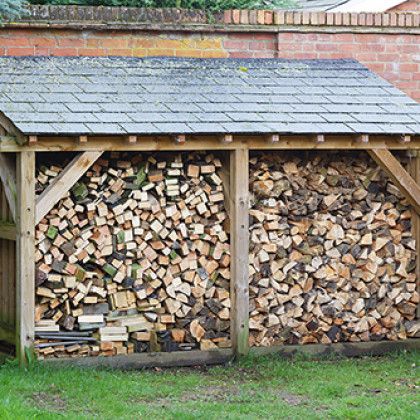How Sawmills in Charlotte, MI Turn Raw Logs into Quality Lumber
If you have ever walked into a lumber yard and admired those perfect stacks of clean, solid boards, you might have wondered what kind of magic goes into transforming a rough log into something straight, smooth, and ready for projects. Spoiler alert. It is not magic. It is the hard work of skilled people, sharp equipment, and the careful process that a reliable sawmill follows every day.
Here in Michigan, especially in places like Charlotte MI, sawmills play a huge role in supplying homeowners, woodworkers, builders, hobbyists, and DIY pros with the lumber they need. Whether you want rough sawn boards for a rustic shed, or clean cuts for furniture, it all starts long before the board hits the rack at your Charlotte MI lumber yard.
In this guide, we break down the full process step by step so you can understand exactly how a tree becomes lumber. You might never look at a wood board the same way again. And if you start smelling fresh cut wood while reading this, just know it is a proven scientific fact that sawdust is the cologne of champions.
City skyline
The Journey Begins: Harvesting and Preparing Logs for the Sawmill
Before any lumber can be cut, shaped, or stacked, the logs need to reach the sawmill in the first place. This early stage is one of the most important parts of the entire process, because the quality of the logs directly affects the quality of the boards that come out of the mill later.
Log Harvesting: Selecting the Right Trees
Professional loggers select trees based on age, species, and overall health. This ensures that the lumber will have a strong grain, good density, and reliable structure. Not all trees make the cut. Some are better suited for pulpwood or firewood. Others become the star of the show as lumber.
Transporting the Logs
Once harvested, the logs are loaded onto trucks and delivered to the sawmill. If you have ever driven behind one of those trucks, you probably had two thoughts at the same time.
- One: That is impressive.
- Two: Please stay strapped down. Please stay strapped down.
The logs arrive at the mill ready for grading, measuring, and sorting.
Log Inspection and Sorting
At the sawmill, workers inspect each log carefully. They check for:
- Knots
- Growth patterns
- Cracks or splits
- Overall size and shape
Logs are sorted into categories that determine how they will be milled. Straight, clean logs are ideal for dimensional lumber, while more irregular ones may be used for specialty cuts or rough sawn material.
This early sorting ensures minimal waste and maximum quality for every board that comes out of your
Charlotte MI lumber yard later.
Inside the Sawmill: Cutting, Slabbing, and Breaking Down the Log
Once the logs have been prepped and sorted, they enter the heart of the operation. This is where the real transformation begins. If logs could talk, this would be the moment they say, Well, here we go.
The cutting stages of a modern sawmill are designed to maximize efficiency while producing lumber that meets exact size and quality specifications.
Step 1: Debarking the Log
Before cutting begins, the bark is removed. This protects the saw blades, reduces friction, and ensures that dirt or grit does not damage the equipment. Some sawmills use a mechanical debarker, which strips the bark using pressure and rotational force. Others rely on knives or rollers. Either way, the log is cleaned and prepared for its first big moment.
Step 2: Primary Breakdown
The log is placed onto a carriage that moves it through the head saw. This saw slices the log into thick slabs known as flitches. This step is exciting to watch. One moment you have a full log. The next, you have flat sided pieces that look like they belong in a rustic cabin or an outdoor shed.
Step 3: Secondary Breakdown
The slabs are then fed into additional saws to cut them into boards of desired thickness and size. The type of cut determines:
- How much grain is visible
- How the wood behaves during drying
- How the lumber can be used
Different cuts include:
- Plain sawn
- Quarter sawn
- Rift sawn
Each method creates its own unique grain pattern, strength, and appearance.
Step 4: Trimming and Edging
Once the boards are cut, the edges are smoothed or squared. This step gives you the clean lines you expect when you walk into a lumber yard. Rough edges are removed, boards are standardized, and defects like bark or irregular edges are trimmed away.
At this point, the boards officially start looking like the lumber you will see at a
Charlotte MI lumber yard.
From Rough Boards to Usable Lumber: Drying, Grading, and Finishing the Wood
Even after cutting, the boards are not ready just yet. Wood contains moisture that must be reduced to a stable level for building and woodworking. Without proper drying, boards can warp, crack, or twist. Nobody wants crooked shelves or furniture that seems to change shape overnight.
This is where the next stages come in.
Kiln Drying vs Air Drying
The sawmill chooses between two primary methods:
Air Drying
- Boards are stacked outdoors or in a covered area
- Wooden spacers called stickers create airflow
- Takes several months
- Produces a more natural finish
Kiln Drying
- Wood is placed in a temperature controlled kiln
- Removes moisture much faster
- Ensures a more consistent product
- Ideal for indoor furniture or building materials
Air dried lumber sometimes retains a bit more character, while kiln dried lumber is better for precision needs.
Moisture Monitoring
The boards are checked frequently with moisture meters. Target moisture content varies depending on whether the board will be used for indoor, outdoor, or special purpose projects.
Grading the Lumber
Grading ensures lumber meets specific standards. This includes checking for:
- Knots
- Cracks
- Warping
- Grain density
- Overall structural strength
Higher grades work well for fine woodworking. Lower grades are often used for rustic structures, sheds, hunting blinds, and outdoor projects where visual imperfections actually add charm.
Finishing and Storage
Once dry and graded, the lumber is trimmed again if needed, sorted, and stored neatly for sale. When handled properly, this process creates long lasting boards ready for any project a homeowner or woodworker can dream of.
This is the lumber eventually stacked at your trusted
Charlotte MI lumber yard, ready to be picked up by someone who knows a good board when they see one. Or at least pretends to.
Contact Potterville Sawmill in Charlotte MI for Quality Lumber and Custom Wood Products
If you want high quality lumber from a trusted local sawmill, our team at Potterville Sawmill, LLC is here to help. Whether you need dependable lumber for your next shed, outdoor project, or woodworking build, we supply reliable materials for homeowners and builders throughout Charlotte, MI and the surrounding areas. Call us at 517-231-7436 to get started with professional lumber services tailored to your needs.
In addition to supplying premium lumber, we also offer
rough sawn sheds,
custom lumber,
deer blinds, and
firewood for customers who want locally sourced products crafted with care. Reach out today and discover why so many people trust Potterville Sawmill for everything from custom outdoor structures to high quality wood materials for all types of projects.
FAQs
What is a sawmill and what does it do?
A sawmill is a facility that processes raw logs into usable lumber. It cuts, dries, trims, and grades the boards so they are ready for construction and woodworking.
Why is locally milled lumber better?
Local lumber is fresher, often higher in quality, and can be custom milled. It also supports local jobs and sustainable forestry.
What types of lumber come from sawmills in Charlotte MI?
Local sawmills produce rough sawn wood, dimensional lumber, custom boards, slabs, and specialty wood products depending on customer needs.
How long does it take to dry lumber?
Air drying can take several months, while kiln drying may take only days or weeks. The time depends on thickness, species, and moisture goals.
Can I order custom cut lumber?
Yes. Many local sawmills, including Potterville Sawmill, offer custom lumber cuts for sheds, deer blinds, woodworking projects, and more.


